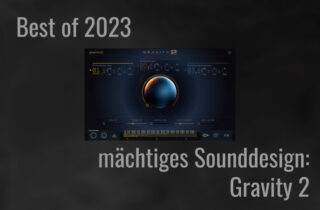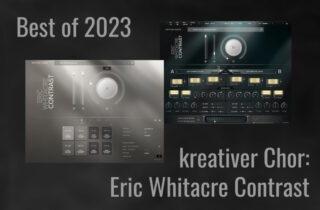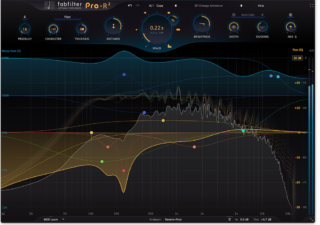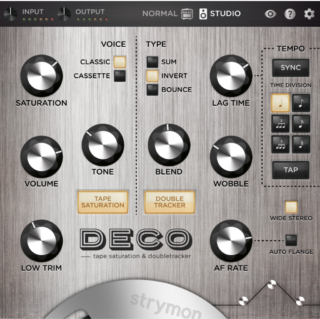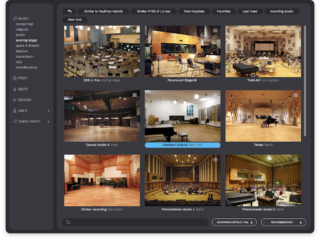Superbooth 2023: PWM zeigt Mantis
Die britische Firma PWM stellte auf der Superbooth Mantis vor, den letzten Synthesizer, den Chris Huggett (der Vater des Wasp und des Oscar) vor seinem Tod entworfen hat.
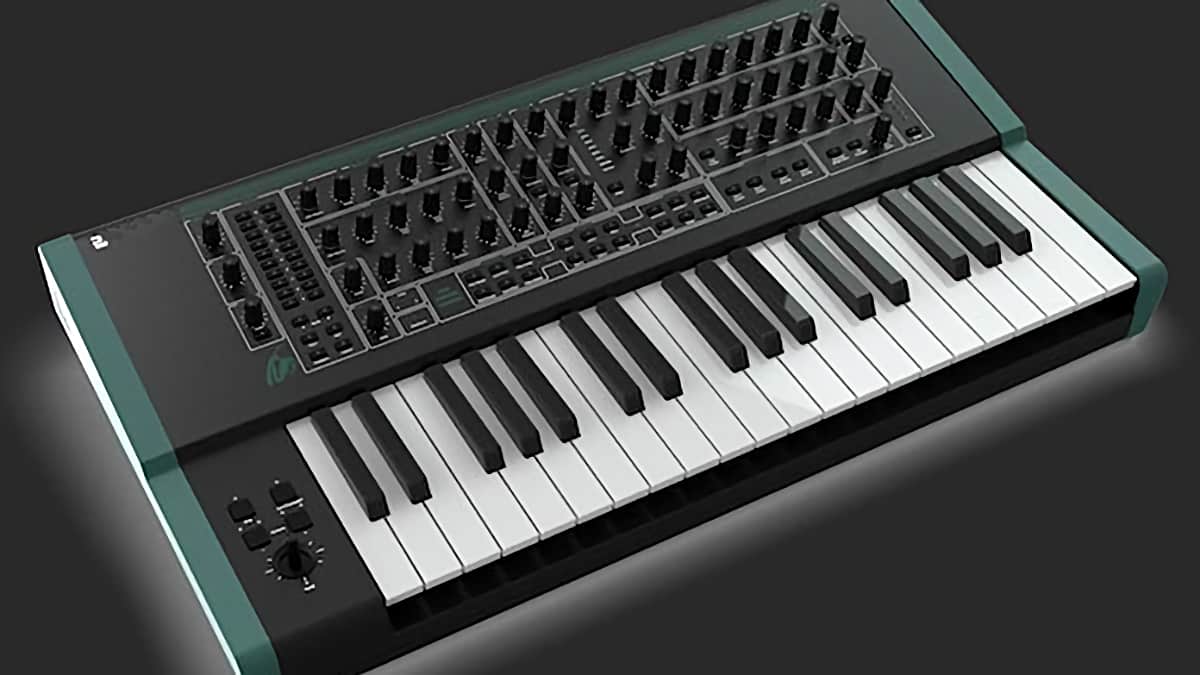
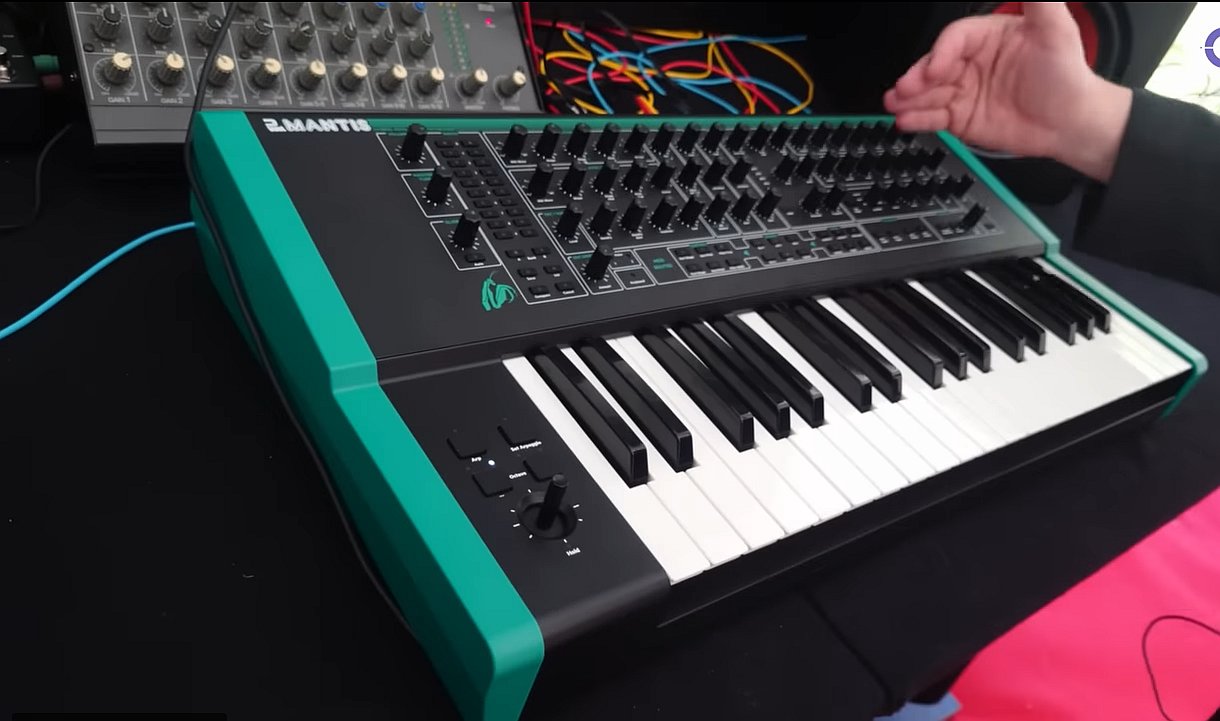
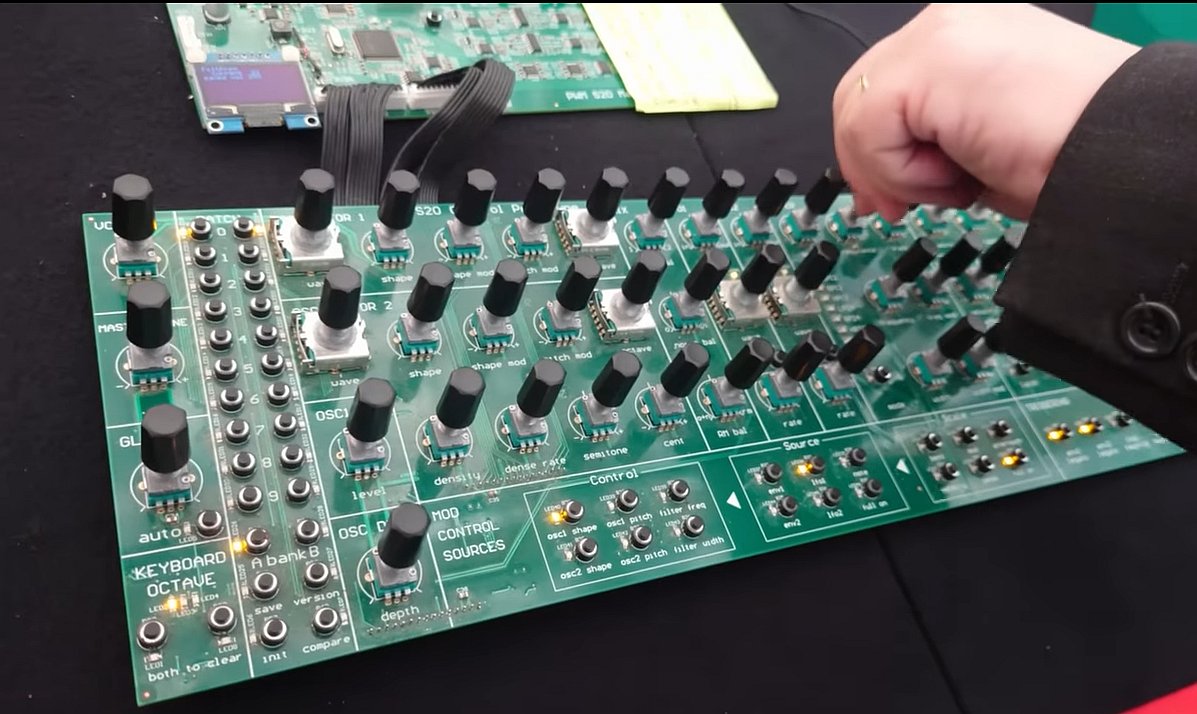
Der Mantis wird als ein Wasp Mark II mit einem Oscar-inspirierten Doppelfilter und zwei analogen Signalwegen beschrieben, die ihn duophon machen. Die Oszillatoren werden beim Einschalten numerisch berechnet und gehen dann in den analogen Bereich über, wo alles digital gesteuert wird.Der Mantis-Mixer ermöglicht es dem Benutzer, zwischen Oszillator eins und zwei zu balancieren, Rauschen hinzuzufügen und Ringmodulationen durchzuführen. Er verfügt über eine umfangreiche, aber einfach zu bedienende Modulationssektion, zwei Hüllkurven mit einer einzigartigen Sustain-Fall-Funktion sowie 100 Werks- und 100 Benutzer-Patches. Das Instrument enthält auch einige digitale Effekte am Ende des Signalwegs, die die Klänge verfeinern und es zu einem Allround-Performance-Instrument machen.
Während sich das Instrument noch in der Entwicklung befindet, präsentierte PWM die Platinen, die einen Vorgeschmack auf den endgültigen Sound des Mantis geben.
Die Features des Mantis:
- 200 Patches
- All patches in RAM so can be overwritten
- Bank A: 100 Factory presets
- Bank B: 100 User presets (all set to initial patch)
- Compare function
- Initialize patch function
- Duophonic with 2 analog signal paths
- Mathematically generated oscillators designed by Chris Huggett
- Analogue signal path designed by Chris Huggett
- 2 Oscillators plus sub-oscillator per voice
- Sine / Triangle / Saw / Pulse plus additional wave types
- Shape control and shape modulation input
- Will create pulse width modulation on the pulse waveform with perfect square
at the center - Pitch modulation control
- Octave selects per oscillator
- OSC 1 SUB follows oscillator 1 parameters
- Oscillator Drift
- Creates random pitch variations between oscillators
- Multi-mode state variable VCA filters with overdrive
- 2 Analogue filters – 1 per signal path
- Low Pass / Band Pass / High Pass in 12dB and 24dB configurations
- Additional WBAND (series) and WSTOP (parallel) types
- Filter Cutoff
- Filter Cutoff Modulation
- Filter Resonance
- Filter Width
- Filter Width Modulation
- Filter Keytrack
- LFO (Low Frequency Oscillator)
- 2 LFOs
- 4 waveshapes per oscillator
- Fade In / Fade Out parameter
- SYNCable
- Rate control
- Envelopes
- 2 Independent envelopes
- ENV 1 normalised to amplitude
- ADSR
* + Sustain Fall parameter for shaping during key-down
* + Repeat which can be used to create looping envelopes
* Velocity positive and negative control
- ADSR
- Ring modulation
- Mixer
- First mix: OSC1 and OSC2
- Second mix: OSCillators and noise
- Third mix: OSCillators + noise and Ring modulator
- VCA (Voltage Controlled Amplifier)
- All amplification is done in the analogue domain in multi-stage VCAs
- Modulation Routes
- Control – 6 choices of modulation parameters
- Source – 6 choices of effectors from envelopes and LFOs
- Scale – choices of controls used to scale the effect of the modulation
- Glide
- Glide amount
- Auto-glide mode
- Indicator LEDs
- Two LEDs for Voice
- LED for Keyboard activity
- Master tune
- Master volume
- Triggering
- ENV 1 Legato
- ENV 2 Legato
- LFO Keytrig
LFO Keytrig
- CONNECTIONS
- Master power switch
- DC 9V input
- USBC
- MIDI IN / OUT / THRU
- Sustain pedal input (switch)
- Pedal input (continuous)
- Stereo 1/4” line Outs: L/Mono and R
- Stereo 1/4” headphone out
- ?Multi-function Joystick control
- Left / right for pitch bend
- Performable vibrato
- Latching hold mode
- Arpeggiator
- 6 arpeggiator types – Up, Down, Up/Down 1, Up/Down 2, Played & Random
- Sync rates control from 2nds to 32nds
- Tap tempo button
- Swing including positive and negative swing
- Auto clock sync – Detects MIDI or USB-MIDI clock and synchronises the arpeggiator
automatically - Latch via joystick HOLD
- 6 Octave range
- Dedicated tempo control
- Duophonic mode control
- Duo mode
- Duo mode with simple filter
- Pan control for duophonic voicing
- Digital Effects
- Reverb time
- Reverb level
- Reverb High Pass Filter
- Reverb Low Pass Filter
- Chorus level
- Chorus type
- Keyboard Control
- 37 Full-size semi-weighted velocity-sensitive keys
- Channel aftertouch
- Octave shift
Mantis wird im Spätsommer 2023 verfügbar sein und kostet 1.599 €.


